|
|
 Can you name me? Can you name me? |
Dear  , ,
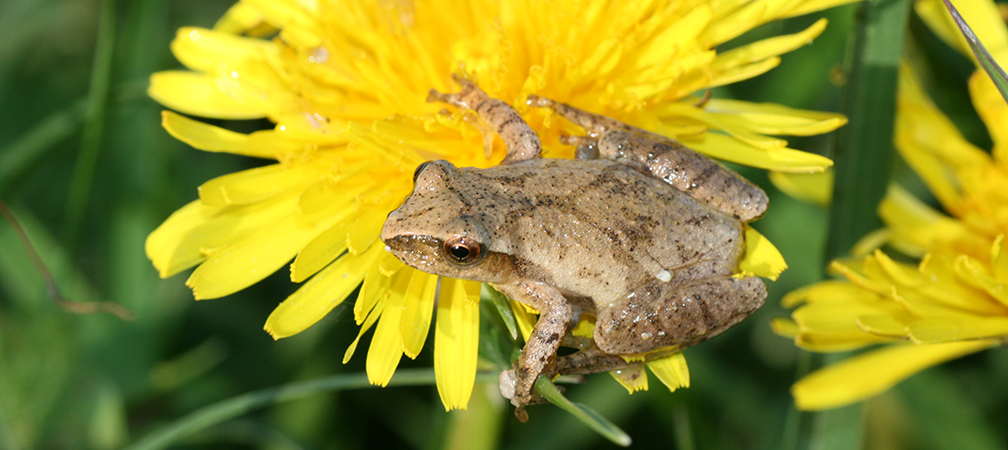
Species ID challenge
Were you able to identify the species in our last newsletter? The correct answer is the Spring Peeper (Pseudacris crucifer). This tiny frog is tan or light brown in colour with a darker X-shaped marking on the back. The largest Spring Peeper on record was only 3.7 centimetres long! Despite their size, breeding males can be quite loud, calling a single, high-pitched “peep” repeated over and over. Spring Peepers can be found in a wide range of habitats and breed almost anywhere there is shallow water, but mostly in temporary woodland ponds. Despite being widespread and abundant, it takes great patience and a good eye to see one. The destruction or draining of wetlands reduces habitat availability for this species and it does not thrive in urban or agricultural areas. The overall trend in this species’ provincial population is unknown and it has not yet been assessed in Ontario or Canada.

Upcoming Webinar
After 10 years of data collection, the Ontario Reptile and Amphibian Atlas (ORAA) is wrapping up with a final database consisting of over 480,000 records. This represents the cumulative efforts of more than 12,000 researchers, naturalists and citizen scientists from across the province. Ontario Nature staff and partners are producing a publication outlining key trends and conservation priorities. Join Ontario Nature’s Conservation Projects Coordinator, Brittney Vezina, and former Ontario Nature staff member and current Liber Ero Fellow, Dr. James Paterson, for a live webinar discussing results from our upcoming publication. The webinar is open to the public and will run on Wednesday, November 25th from 2:00 p.m. – 3:00 p.m. During this one-hour webinar, you’ll learn about the history of reptile and amphibian atlases in Ontario, how citizen science efforts have shaped our current knowledge, and how to advance conservation efforts. Paterson will highlight results from his in-depth analysis of atlas data, discussing the impact of roads and habitat loss. With the publication set to be released in 2021, this is your chance for a sneak peek at what’s to come. Register now to secure your spot!
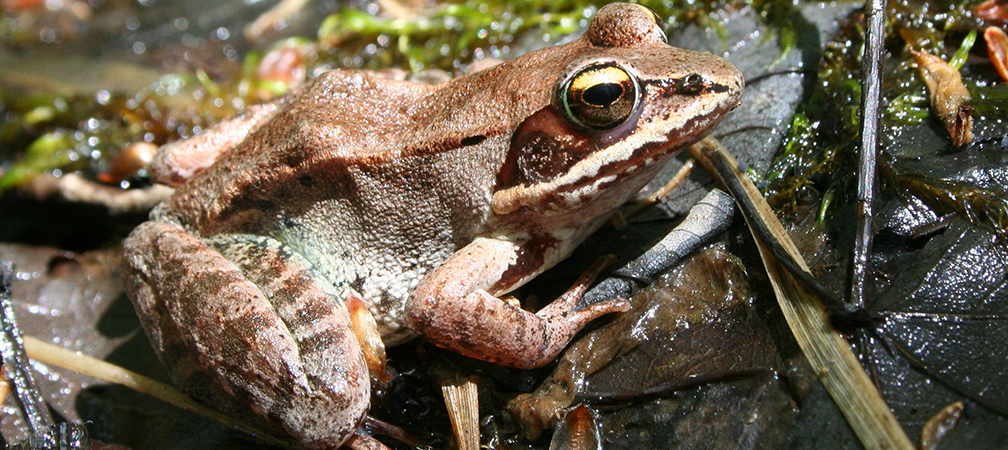
Join Ontario Nature's Mailing List
If you’re looking to receive more conservation news or to learn more about Ontario Nature and opportunities to get involved, sign up now. You will also receive our bi-monthly newsletter, Loon Call. Together we are the voice for nature. Join our community so you can stand with us to speak up whenever and wherever nature needs us most.
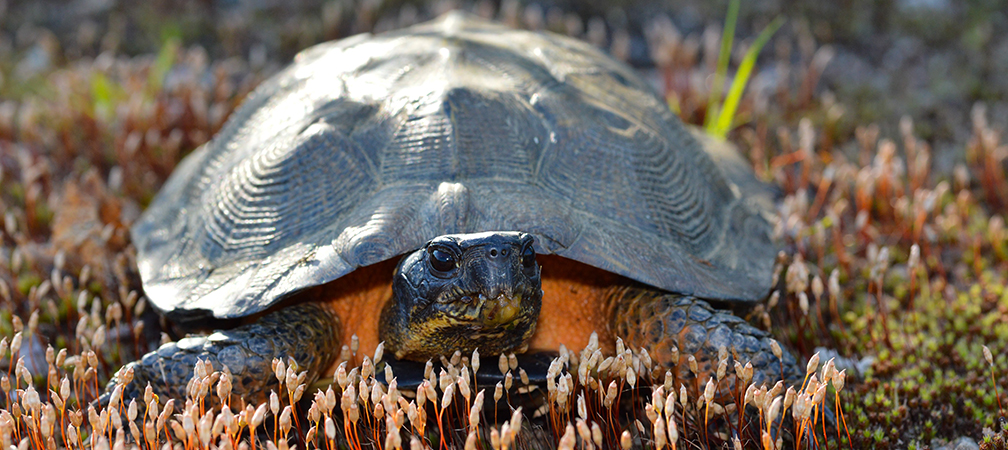
The Turtle Survival Alliance Conference Goes Virtual!
SLike most conferences in 2020, the Annual Symposium on the Conservation and Biology of Tortoises and Freshwater Turtles was virtual this year and ran from August 6th to September 24th. I was excited to both learn about global turtle conservation work and to present results of my research using data from the Ontario Reptile and Amphibian Atlas. Highlights for me were talks on building a photo ark of endangered species (keynote presentation by National Geographic photographer, Joel Sartore), and a presentation by Dr. Max Lambert on experimental removal of Red-Eared Sliders and responses of native turtles. There were plenty of great Canadian presentations, including talks by Dr. Litzgus, Donnell Gasbarrini, and Patrick Moldowan. Some of the benefits of virtual conferences are including presenters from across the globe, and making presentations available after the conference. If you were unable to join, you can watch all the 2020 presentations on the Turtle Survival Alliance YouTube channel. Hopefully, next year the symposium will happen in person as we all work towards the goal of zero turtle extinctions. You can more about the Turtle Survival Alliance on their website. Written by James Paterson.
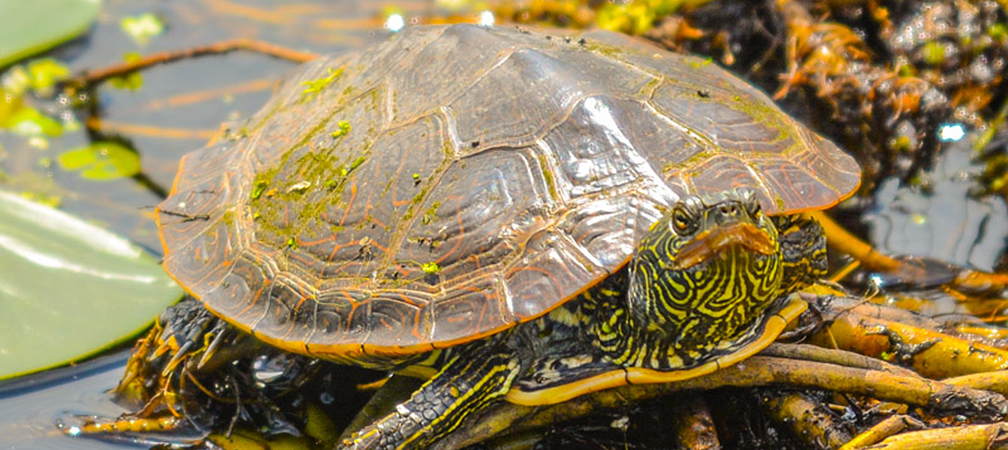
Canadian Herpetological Society – The Drift Fence blog series
So an otter, a loon and a turtle walk into a bar. Okay, that’s not exactly how the story went. Grégory Bulté and colleagues from Carleton University and the University of Ottawa captured video evidence of a loon and an otter attacking their 3D-printed Northern Map Turtle decoys during a study in Lake Opinicon. While their study was designed to delve into turtle mating habits, their use of new technologies shows how innovation in one sector can fuel discovery in another, but can also leave us scratching our heads. Although attacks from otters are well-documented, was this loon just a one-hit-wonder? Learn more about this odd behaviour in their blog here. This blog is one of many featured in the Canadian Herpetological Society’s new blog series, The Drift Fence. The series highlights exciting research findings and conservation achievements, offering first-hand accounts as well as links to videos and original research. Or maybe you’d like to share a story from the field, dive into a hot topic or celebrate a recent triumph relevant to the reptile and amphibian research community. In that case, simply follow these instructions and submit your blog and accompanying images to info@canadianherpetology.ca. Written by Abigail Leavens.
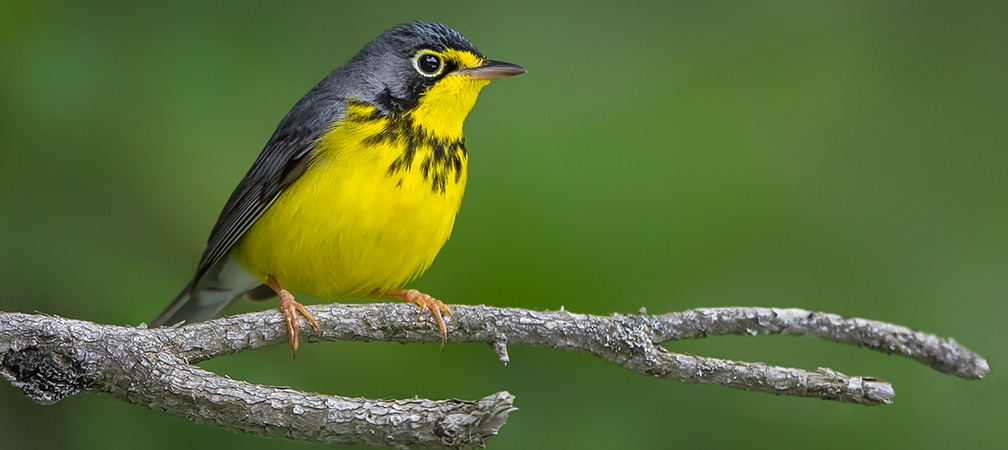
Atlassing continues – this time, birds!
If you were involved with the ORAA and you’re looking for more atlassing, now is the time to prepare for the upcoming Ontario Breeding Bird Atlas 3! Like the ORAA, the Breeding Bird Atlas is a volunteer-based effort, and its success is only possible through the mass participation of birders across the province. The overarching goal of the Ontario Breeding Bird Atlas is to map the distribution and relative abundance of Ontario’s breeding bird species. You can get involved with basic data collection, which involves recording breeding evidence for as many species as possible, or if you are more experienced with bird calls, you can conduct five-minute point counts, all within a pre-determined 10x10-kilometre square in Ontario. Data collection begins on January 1st, 2021, so start honing your bird identification skills now! You can find many useful resources for identification here.
|
|
|
|
|
214 King Street West, Suite 612
Toronto, Ontario M5H 3S6
|
| Privacy Policy | Unsubscribe | Contact Us | ontarionature.org |
Charitable registration# 10737 8952 RR0001
Photos © Scott Gillingwater, Scott Gillingwater, Ryan Wolfe, Joe Crowley, Ryan Wolfe, Ken Morrison, Bill McDonald |
|
|